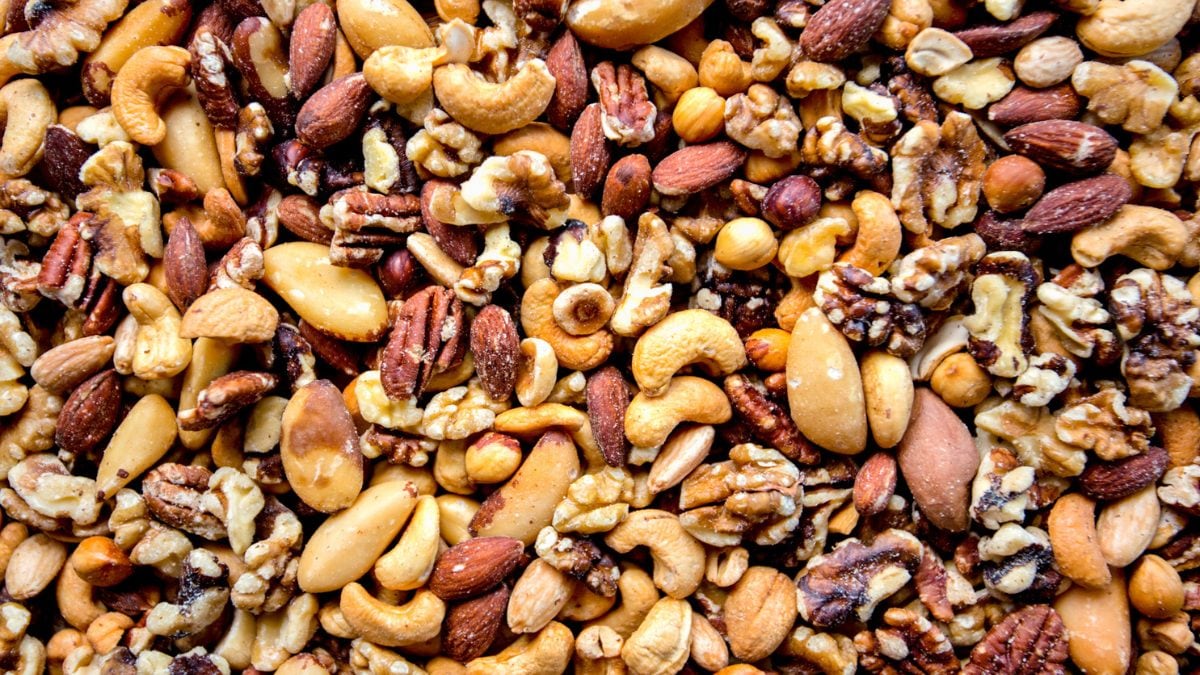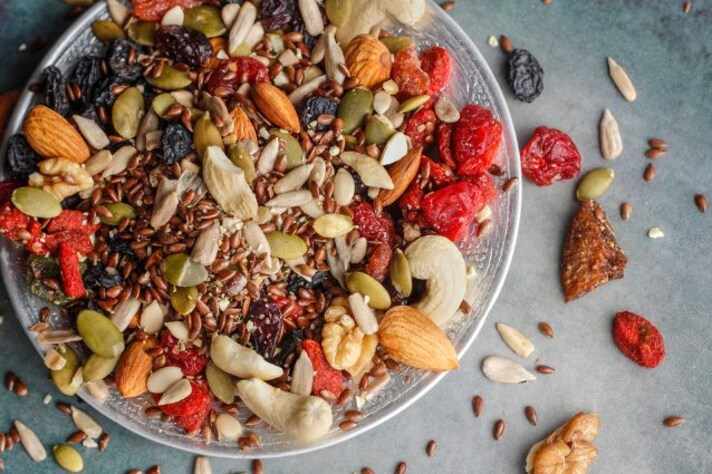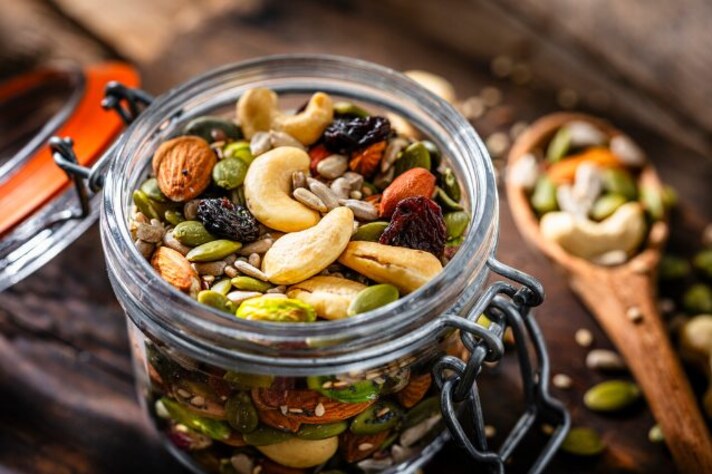
Nuts and seeds are pantry staples packed with nutrients, flavor, and crunch. However, improper storage can lead to staleness, rancidity, and loss of quality. While many people assume their pantry is the best place for storage, this may not always be the case. Understanding the right conditions can help extend the shelf life of your nuts and seeds and keep them fresh for longer.
Why Storage Matters
Nuts and seeds contain natural oils that can turn rancid when exposed to heat, light, and air. This not only affects their taste but can also reduce their nutritional value. Learning the right storage techniques can prevent spoilage and waste.
Refrigerating Nuts and Seeds
For those who consume nuts and seeds frequently but want to maintain their freshness for a few months, refrigeration is an excellent choice.
- Temperature Control: The cool environment of a fridge slows down the oxidation process that causes rancidity.
- Humidity Considerations: Store them in airtight containers to prevent moisture absorption.
- Best for: Almonds, walnuts, pecans, cashews, sunflower seeds, flaxseeds, and chia seeds.

Freezing Nuts and Seeds
If you buy in bulk or don’t use nuts and seeds often, freezing is the best long-term storage solution.
- Prevention of Rancidity: The freezing process halts oil breakdown, preserving the flavor and nutrients.
- Storage Tips: Keep them in airtight, freezer-safe containers or resealable bags. There’s no need to thaw before use.
- Best for: All nuts and seeds, especially high-fat varieties like pine nuts and walnuts.
Pantry Storage: When It Works and When It Doesn’t
While the pantry is convenient, it isn’t always the ideal place for nuts and seeds, especially in warm or humid climates.
- Conditions for Success: A cool, dark place away from direct sunlight with low humidity can keep nuts fresh for a short time.
- Shelf Life: Most nuts and seeds last 1-3 months in the pantry before losing their freshness.
- Best Practices: Store in airtight containers rather than their original packaging to protect from air and pests.

Signs Your Nuts or Seeds Have Gone Bad
Even with proper storage, nuts and seeds can degrade over time. Here’s how to tell if they’ve gone bad:
- Off Smell: Rancid nuts often have a sour or paint-like odor.
- Bitter Taste: A sharp, unpleasant taste is a sign of spoilage.
- Texture Changes: If they feel soft instead of crisp, they may have absorbed moisture.
Final Thoughts
While pantries are convenient, refrigeration or freezing is often the best way to preserve nuts and seeds for optimal freshness. Choosing the right storage method can prevent waste, maintain nutritional value, and ensure that every handful is as flavorful as the first. With simple adjustments, you can enjoy the best taste and longest shelf life possible.
;Resize,width=767;)
